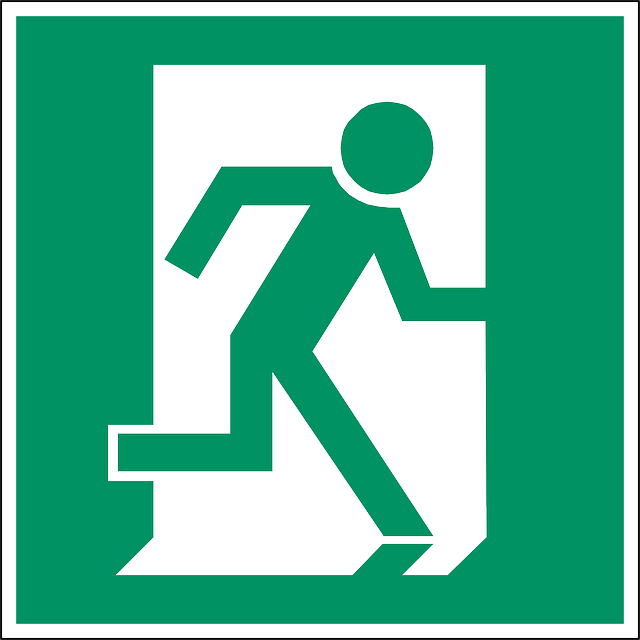Flashlights for emergency preparedness are a critical component of any crisis response plan, providing hands-free illumination that is indispensable during power outages, natural disasters, and search and rescue operations. A high-intensity flashlight with a hands-free design allows users to navigate in the dark while keeping their hands free for other essential tasks, enhancing safety and operational efficiency. When selecting an emergency flashlight, consider its brightness, durable construction, battery life, ease of use, and adaptability to various surfaces. Regular maintenance, including inspection for wear and tear, battery replacement every one to two years, and cleaning of lenses, ensures that your flashlight will function correctly when you need it most. By integrating a reliable hands-free flashlight into your emergency kit and familiarizing yourself with its operation, you significantly improve your readiness and ability to cope with unexpected events effectively.
When disaster strikes, visibility becomes a critical asset. This article illuminates the indispensable role of hands-free flashlights in emergency situations, ensuring users can navigate darkened environments without compromising on manual tasks or personal safety. We’ll explore key features to look for in these invaluable tools, the variety available—from headlamps to helmet lights—and how they can significantly improve safety and efficiency during a crisis. With insights into real-life scenarios where hands-free flashlights have made a tangible difference, and guidance on selecting and maintaining the right emergency lighting system, this guide is an essential addition to your preparedness kit. Flashlights For Emergency Preparedness are not just a convenience; they’re a necessity for anyone looking to respond effectively when every second counts.
- Understanding the Importance of Reliable Lighting in Emergency Scenarios
- The Role of Hands-Free Flashlights in Emergency Preparedness
- Key Features to Look for in Hands-Free Flashlights for Emergencies
- Types of Hands-Free Flashlights: Headlamps, Helmet Lights, and More
- How Hands-Free Lighting Can Enhance Safety and Efficiency During an Emergency
- Case Studies: Real-Life Situations Where Hands-Free Flashlights Made a Difference
- Choosing the Right Hands-Free Flashlight for Your Emergency Kit
- Maintenance and Best Practices for Maintaining Your Hands-Free Lighting Systems
Understanding the Importance of Reliable Lighting in Emergency Scenarios

Reliable lighting is a critical component in emergency preparedness, serving as a beacon during unexpected events that disrupt normal visibility. In situations where power grids fail or natural disasters strike, having a flashlight for emergency preparedness can mean the difference between safety and peril. These hand-free lighting solutions ensure users have both hands free for other critical tasks, such as navigating through dark spaces, signaling for help, or conducting safety checks. The importance of dependable illumination extends beyond mere convenience; it is an essential tool for maintaining situational awareness, facilitating rescue operations, and guiding individuals to safety. Flashlights designed for emergency preparedness are built with robust materials and durable designs to operate in a variety of conditions, from the mildest blackouts to the most extreme emergencies. They often feature high-intensity LEDs that provide bright, focused beams, and some models come equipped with additional features like SOS modes or red lenses to preserve night vision. Incorporating flashlights for emergency preparedness into one’s disaster kit is not just a prudent step in personal safety planning; it is an integral part of being adequately prepared for the unpredictable nature of emergencies.
The Role of Hands-Free Flashlights in Emergency Preparedness
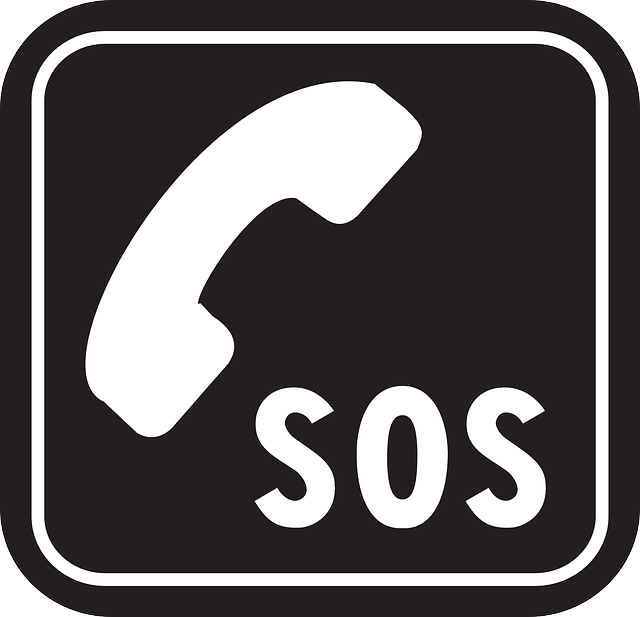
In the event of an emergency, having reliable lighting can be a matter of safety and effectiveness in navigating through the darkness. Flashlights for emergency preparedness serve as indispensable tools, offering visibility during power outages, natural disasters, or other unexpected situations. Hands-free flashlights, in particular, are a critical component in an emergency kit; they allow users to keep their hands unobstructed for more immediate tasks such as searching through belongings, moving debris, or providing light while operating other necessary equipment. The convenience and functionality of these devices become even more evident when every second counts, and the ability to direct light without adjusting your grip can mean the difference between safety and potential injury.
The design and technology behind hands-free flashlights have evolved significantly, catering to the needs of emergency responders, hikers, and everyday individuals who prioritize preparedness. These devices often come with adjustable stands, hooks, or magnetic bases that secure them in a desired position, ensuring hands remain free. Furthermore, many models are equipped with features such as high-intensity beams, durable construction, and long battery life, making them versatile and reliable under pressure. By incorporating flashlights for emergency preparedness into one’s ready kit, individuals can significantly enhance their response to sudden or prolonged outages, facilitating a more structured and secure approach to dealing with the unforeseen challenges that arise in critical situations.
Key Features to Look for in Hands-Free Flashlights for Emergencies

When preparing for emergency situations, having a reliable source of hands-free lighting can be critical. Flashlights for emergency preparedness should possess key features that ensure they are effective in various scenarios. Firstly, durability is paramount; these flashlights must withstand harsh conditions and environmental factors such as water submersion or extreme temperatures. Secondly, users should consider the beam intensity and focus capabilities, as a bright and adjustable beam can illuminate distant areas or provide a focused light for close-up tasks. Additionally, battery life is a significant factor; opt for flashlights with long-lasting power or models that support rechargeable batteries to avoid being left in darkness during prolonged emergencies.
Another essential feature is the flashlight’s design for hands-free operation. This can be achieved through headlamps or models with stands and hooks that allow users to position the light where needed, freeing up their hands for other critical tasks. Furthermore, user interface simplicity cannot be overstated; in an emergency, fumbling with complex controls can be dangerous. Therefore, look for flashlights with intuitive on/off mechanisms and easily navigable brightness settings. Lastly, consider the beam patterns and color temperatures that best suit your needs; a wide beam is ideal for situational awareness, while a narrow beam is better for task-oriented work in confined spaces. By carefully selecting a hands-free flashlight with these features, you can ensure preparedness and improve safety during unexpected emergencies.
Types of Hands-Free Flashlights: Headlamps, Helmet Lights, and More

In emergency situations, having a reliable light source can be the difference between safety and vulnerability. Hands-free lighting solutions, such as headlamps and helmet lights, are essential tools for anyone serious about emergency preparedness. Headlamps, in particular, offer users the advantage of freeing up both hands to navigate through dark environments, making them ideal for tasks that require manual dexterity or when carrying supplies or equipment. These devices come with adjustable beams that can illuminate a wide area or focus on a narrow point at a distance, catering to the user’s needs depending on the situation. They are also equipped with various lighting modes, including red lenses that preserve night vision, a critical feature in scenarios where maintaining stealth is necessary.
Helmet lights, designed specifically for industrial safety and outdoor activities, attach securely to helmets or hard hats, providing hands-free illumination for workers in construction sites, rescuers in disaster zones, or adventure seekers exploring caves. These devices are robust, often waterproof and shock-resistant, to withstand the rigors of their environments. They also feature tiltable designs that allow users to direct light exactly where it’s needed, enhancing visibility for tasks at varying angles. Flashlights for emergency preparedness come in various forms beyond headlamps and helmet lights, including handheld models with magnetic bases or clips that can attach to brims, backpacks, or belts, ensuring that an individual always has a light source at the ready, regardless of the emergency at hand.
How Hands-Free Lighting Can Enhance Safety and Efficiency During an Emergency
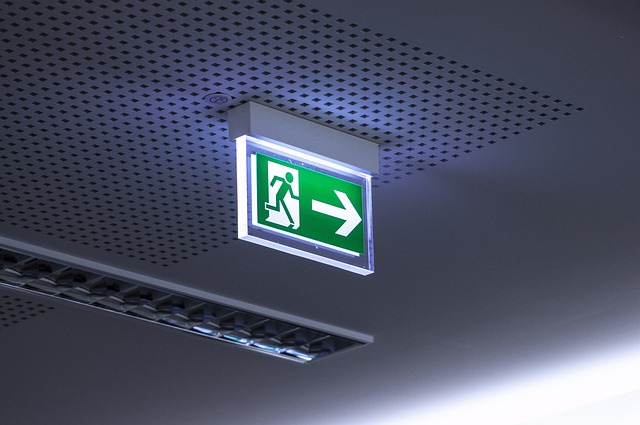
In emergency scenarios, visibility can be a critical factor that dictates safety and efficacy in response efforts. Hands-free lighting solutions, such as headlamps or hands-free flashlights, play an indispensable role in these situations by allowing individuals to navigate through dark environments without the need to hold a light source. This frees up both hands to carry essential supplies, perform tasks, or assist others, thereby enhancing safety. The advantage of using flashlights for emergency preparedness in a hands-free capacity is evident when considering the multitude of scenarios where manual dexterity and mobility are paramount. For instance, during a power outage, users can securely mount these lights on their heads or helmets, ensuring that their path is illuminated while their arms remain unobstructed. This not only aids in preventing accidents caused by fumbling in the dark but also enables individuals to react swiftly and effectively to the emergency at hand. Additionally, the bright beams from these devices can signal for help or light up an area where first responders are working, thus improving the overall coordination of rescue operations. Hands-free lighting is a prudent addition to any emergency preparedness kit, offering users the flexibility and freedom to handle situations with both confidence and capability. Flashlights designed specifically for emergencies are often built to be durable, reliable, and easy to use, making them an essential tool for anyone looking to prepare for unexpected events.
Case Studies: Real-Life Situations Where Hands-Free Flashlights Made a Difference

In critical situations, such as power outages or natural disasters, hands-free lighting becomes an indispensable tool for maintaining safety and efficiency. A case in point is the aftermath of Hurricane Maria, where individuals equipped with flashlights for emergency preparedness were able to navigate through darkened streets and assist in rescue operations without the need to hold a light source. This left their hands free to carry supplies, operate tools, or support one another. Another instance occurred during a major fire incident at a residential building; responders utilized headlamps to keep their hands unobstructed while performing search and rescue tasks. The ability to use both hands under stressful conditions is a game-changer in emergency response, as it allows for multitasking and increased agility in the face of danger. In yet another scenario, a hiker found themselves lost in dense forestation after nightfall. Their hands-free flashlight not only guided them to safety but also conserved battery life by being adjusted to the optimal angle without manual readjustment. These real-life situations underscore the practicality and importance of incorporating hands-free flashlights into one’s emergency preparedness kit. The convenience and functionality they provide can be the difference between managing an emergency and being overwhelmed by it.
Choosing the Right Hands-Free Flashlight for Your Emergency Kit
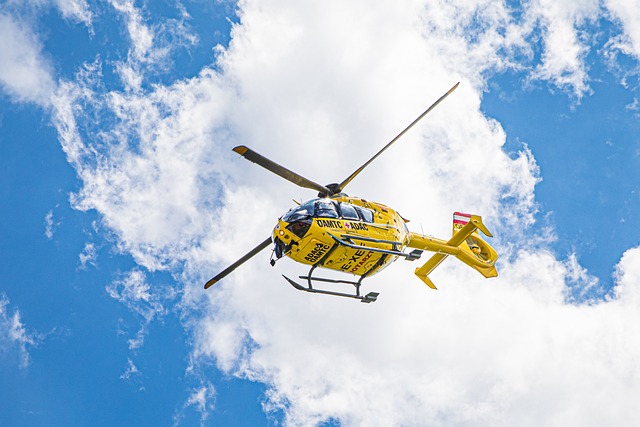
When assembling an emergency kit, including a reliable hands-free flashlight is a prudent decision for ensuring safety and visibility during unexpected events. Flashlights for emergency preparedness should be chosen based on several key factors to guarantee their effectiveness when needed. Firstly, consider the light’s output; a high-lumens beam can illuminate large areas or distant objects, which is crucial for situational awareness in an emergency. Secondly, the hands-free aspect necessitates a design that allows for mounting on helmets, handles, or other surfaces, freeing up your hands to address more immediate concerns.
Moreover, durability and battery life are paramount. A robust flashlight can withstand harsh environments and rough handling, which is likely during emergencies. Battery life should be substantial enough to provide consistent light over an extended period or until power can be restored. Additionally, the ease of operation, including the use of replacement batteries or rechargeable options, must not be overlooked. Features such as adjustable brightness settings can extend battery life and help maintain a comfortable level of illumination. Incorporating a hands-free flashlight into your emergency kit not only enhances your ability to navigate in the dark but also contributes to a well-prepared response to any crisis situation.
Maintenance and Best Practices for Maintaining Your Hands-Free Lighting Systems
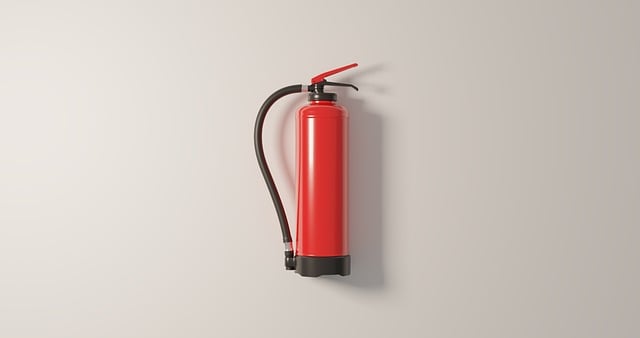
When preparing for emergency situations, having reliable hands-free lighting systems is crucial. These systems often consist of flashlights designed for emergencies, which can be mounted or positioned to illuminate an area without the need for manual holding. To ensure these devices operate when most needed, maintenance and best practices are essential. Regularly inspect your hands-free flashlights for any signs of wear or damage. This includes checking the battery contacts for corrosion, the casing for cracks, and the mounting hardware for looseness. Clean the lenses with a soft, dry cloth to remove smudges or fingerprints that can obstruct light output.
For optimal performance, replace batteries as per the manufacturer’s recommendations, typically every one to two years, even if they seem to hold charge. Use the type and brand of battery specified, as different chemistries can affect the flashlight’s functionality. Store your hands-free lighting systems in a cool, dry place away from direct sunlight to prevent battery degradation. Additionally, practice deploying your system in a controlled environment to familiarize yourself with its operation. This ensures that during an actual emergency, you can quickly and effectively use the light to navigate or signal for help. Regular maintenance and adherence to these best practices will significantly enhance the reliability of your hands-free lighting systems, making them indispensable tools for emergency preparedness.
In conclusion, the integration of hands-free lighting solutions within emergency preparedness strategies is not just a convenience; it’s a critical component for enhanced safety and efficiency in response to unforeseen events. The ability to keep one’s hands free during an emergency can make all the difference, allowing individuals to navigate through darkness with ease while performing necessary tasks. The diverse range of hands-free flashlights for emergency preparedness, from headlamps to helmet lights, ensures that there is a suitable option for every situation and preference. By considering key features such as durability, battery life, and beam intensity, along with adhering to maintenance best practices, individuals can rely on these devices when they need them most. It’s clear that incorporating the right hands-free flashlight into your emergency kit is a prudent step towards being prepared for whatever lies ahead.
